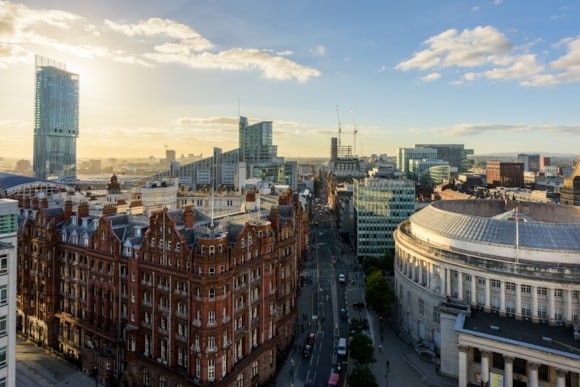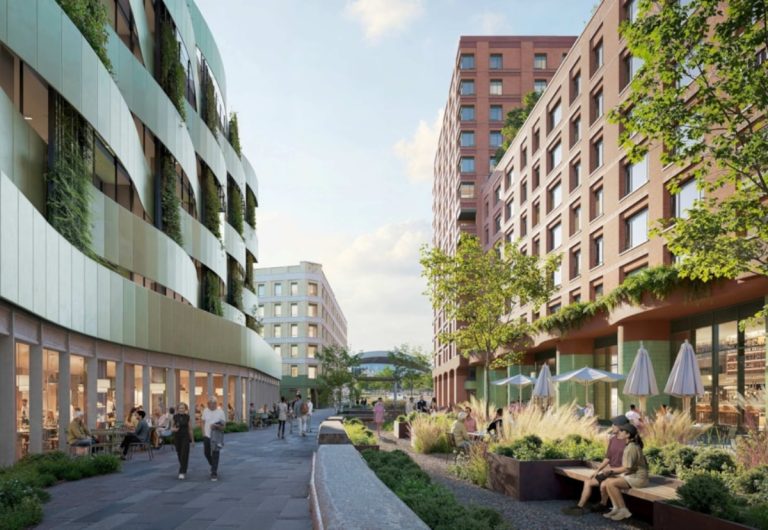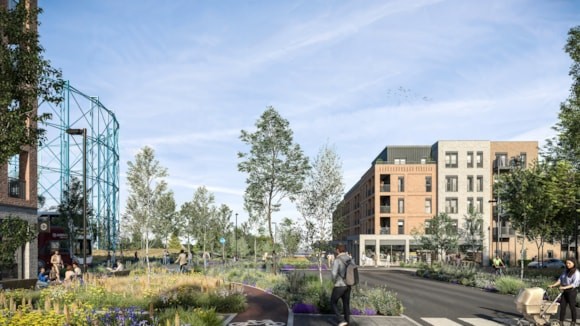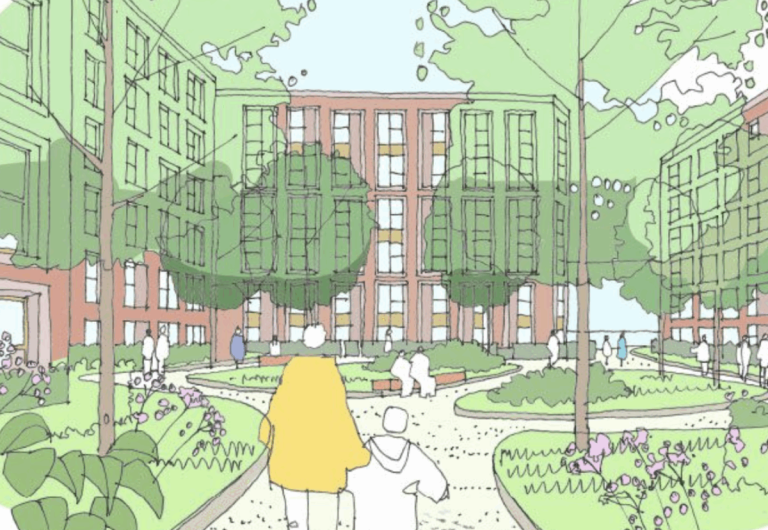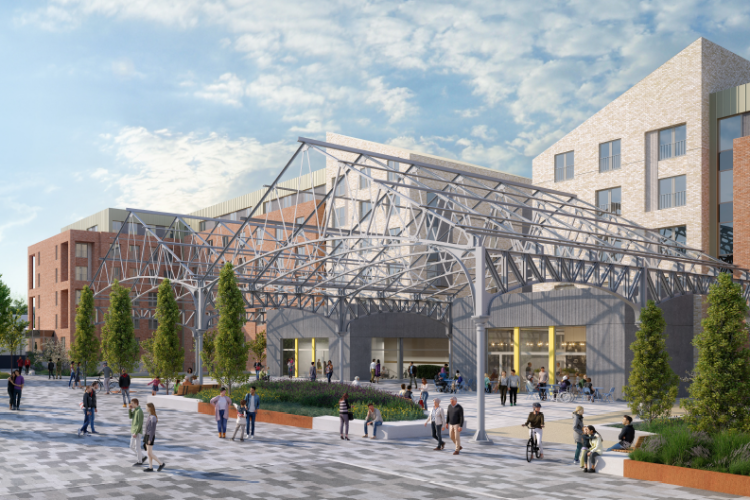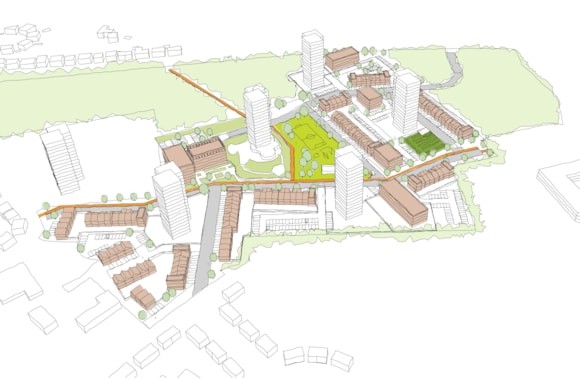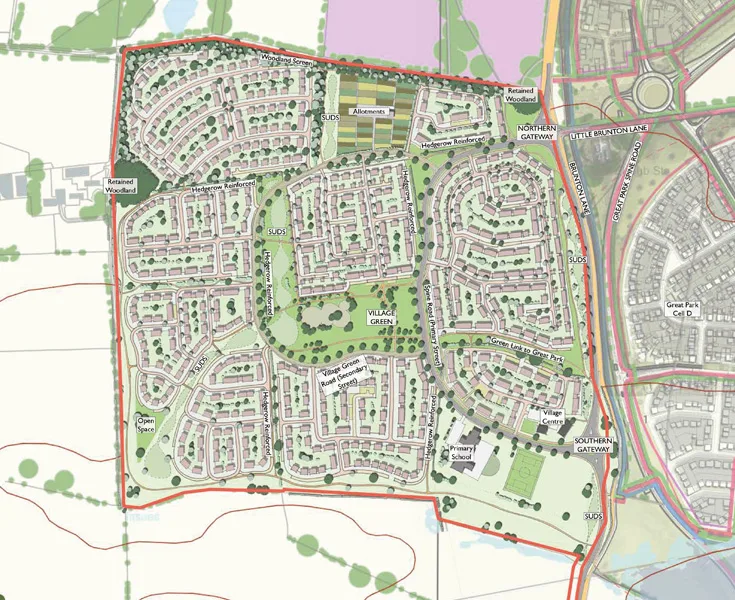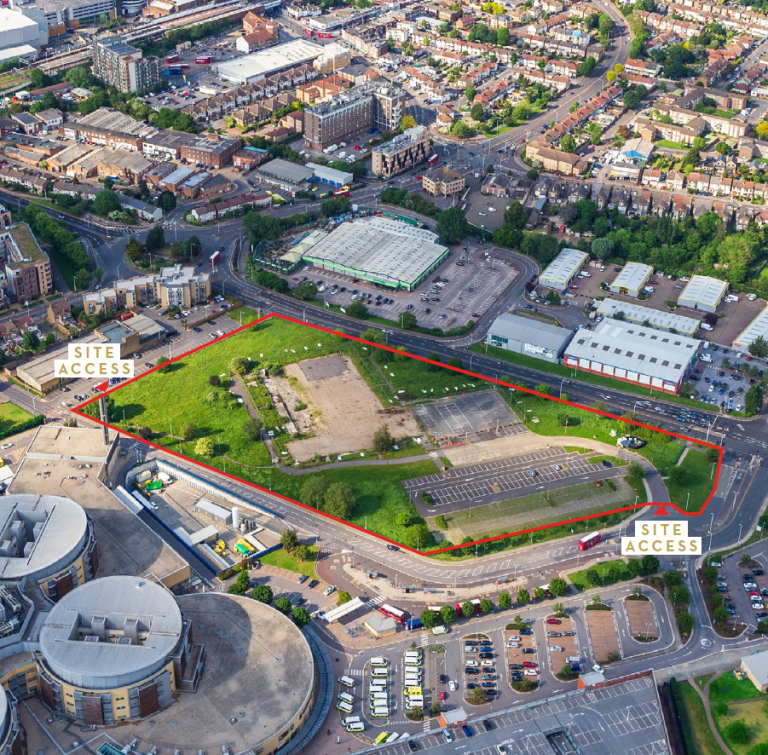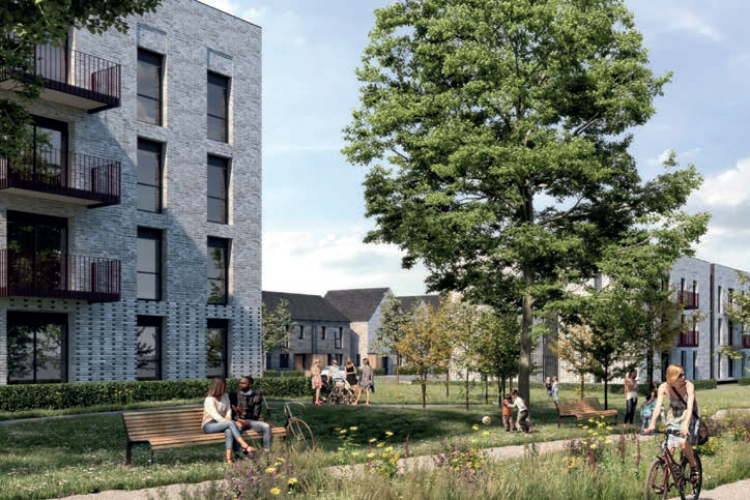Hundreds of new homes are set to be delivered at one of North East England’s biggest new residential developments after three housebuilders signed up to take the project forward. North East development firm Banks Property, supported by independent North East property consultants and land agent youngsRPS, secured outline planning permission for the Kingston Village site last year, which will see over 800 new family homes being built on a 49-hectare site to the north west of Newcastle, including around 120 affordable homes. Since then, Banks Property and youngsRPS have been working to identify the housebuilders that will deliver Kingston Village – and now, Miller Homes, Stonebridge Homes and Banks Homes have all signed up to the project. The three housebuilders will also build the affordable homes element of the project before a registered social housing provider takes them on. The Kingston Village development, which was allocated for housing in the 2015 Newcastle & Gateshead Core Strategy and Urban Core Plan, will also feature a range of important community assets, including a new primary school, a local shop and cafe, allotments, a village green and substantial amounts of public open space. It will see a £178m investment being made in the North East economy, with hundreds of people being employed both in building the new homes and in the development’s supply chain. A wide range of contract tenders will be made available to regional suppliers through the project’s construction period. A network of public footpaths and cycle ways, including links to the Newcastle Great Park and other nearby communities, will also be put in place, while a ten per cent Biodiversity Net Gain will be delivered through the project and significant improvements will be made to the local road network, public transport links and wildlife habitats. Full details of all aspects of the scheme are now being finalised, with infrastructure work scheduled to start on site early next year. The first new homes are then expected to be available for sale in 2027. Russ Hall, managing director at Banks Property and Banks Homes, says: “Our vision is for Kingston Village to be an outstanding, vibrant community which will integrate successfully into the west of Newcastle. “Confirming the housebuilders who will help to create Kingston Village is a major milestone in its development, with the new assets that will be delivered alongside their homes being central to the creation of this inclusive, sustainable new community. “The importance of increasing the UK’s supply of high-quality homes, both to ensure people have the housing options they need in the places they want to live and to support the wider UK economy’s future growth, has never been clearer, and we’re proud to be part of a project that will have a significant impact on Newcastle and the wider North East in this respect. “When Graeme Bruce at youngsRPS first identified the site’s potential and introduced it to us, it sparked a collaboration which has since secured planning permission, attracted leading housebuilders and paved the way for one of the region’s most important housing schemes.” Graeme Bruce, managing director at youngsRPS, adds: “This is arguably the biggest single residential land sale in the North East in recent times. The sheer scale of the site, coupled with the intense interest it generated from both local and national developers, underlines its significance. “Bringing this project to completion has been the largest development sale I’ve handled in my career and one of the most professionally rewarding.” Ryan Lincoln, regional managing director at Miller Homes, said: “This represents one of the most significant and sought-after development opportunities in the North East and we’re proud to be part of the select group of developers to deliver it. “Set in a fantastic location, it will offer an exceptional place to call home – combining high-quality housing alongside well designed local facilities, supporting the creation of a vibrant and sustainable new community.” Steve Errington, managing director at Stonebridge Homes, adds: “Kingston Village is the largest project in Stonebridge Homes’ history, and we are proud to be delivering 354 of its new homes. Like in all our work, our focus will be on building premium, sustainable communities that will stand the test of time. “By combining good design and energy-efficient infrastructure, we’re creating homes that are environmentally responsible and part of a place where families can truly belong. We’re excited to bring this landmark development to life for Newcastle and the wider region.” For further information on the Kingston Village development, please visit https://www.banksgroup.co.uk/projects/kingston-village/ Building, Design & Construction Magazine | The Choice of Industry Professionals
